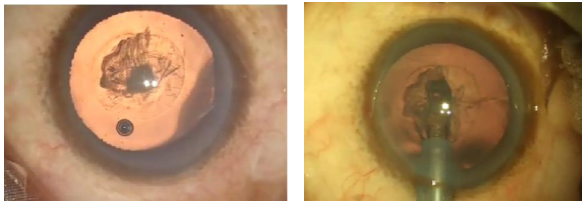Role of No Hydro Phacoemulsification Technique in Management of Posterior Polar Cataract
Abstract
Posterior polar cataracts (PPC) have always been a challenge for cataract surgeons due to their inherently higher propensity for posterior capsule rupture. Over the years, several technical modifications in cataract surgery have been suggested to enhance safety and reduce the percentage of posterior capsule rupture rates in these posterior polar cataracts. This retrospective study tries to present the role and complications of no hydro phacoemulsification technique in management of posterior polar cataract.
Aim: To evaluate the role of prehydro phacoemulsification and partial depth phacoemulsification with hydrodelineation in posterior polar cataract (PPC).
Method: Medical records of 100 patients with clinical diagnosis of PPC, who underwent pre hydro phacoemulsification and partial depth phacoemulsification with hydrodelineation, were retrospectively reviewed.
Results: The incidence of posterior capsule rupture (PCR) was 8% (8/100): 4 cases occurred during epinucleus removal, 3 cases occurred during IOL implantation, and 1 occurred during OVD removal after the implantation of the intraocular lens into the bag. No nucleus piece or lens materials dropped into the vitreous during cataract surgery, and no obvious postoperative complications were found during follow-up. All patients had improved best-corrected visual acuity (BCVA) 1 month postoperatively.
Conclusion: Pre hydro phacoemulsification and partial depth phacoemulsification with hydrodelineation help to reduce the incidence of PCR and achieve satisfactory postoperative outcomes.
